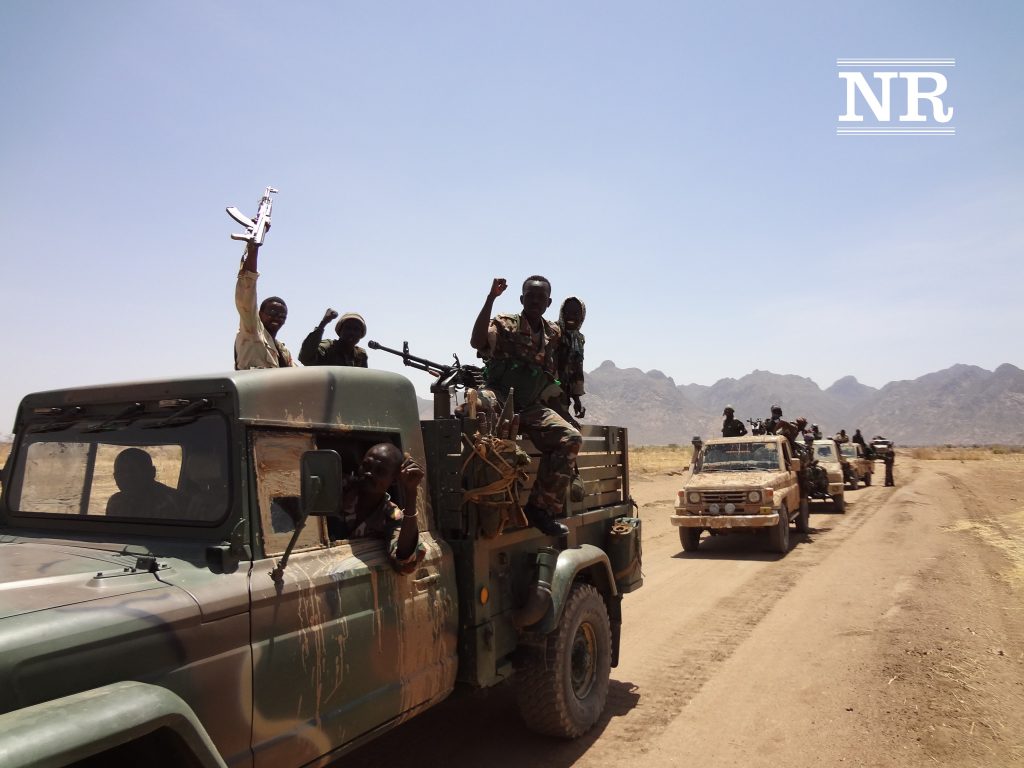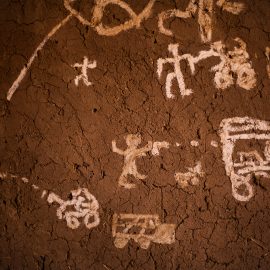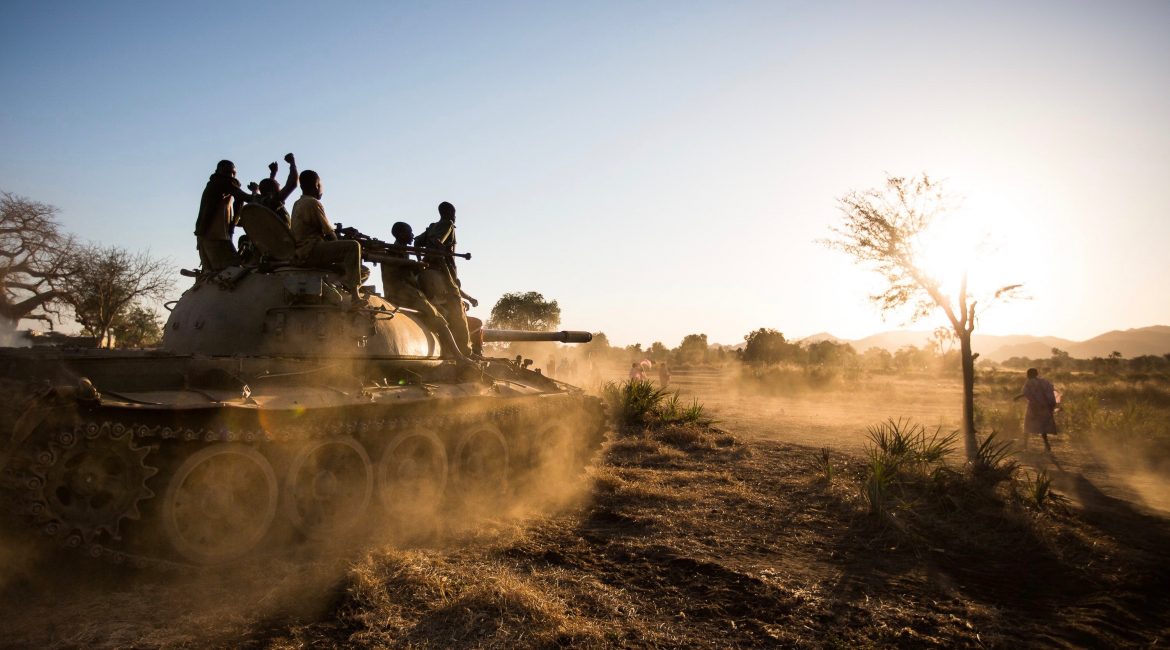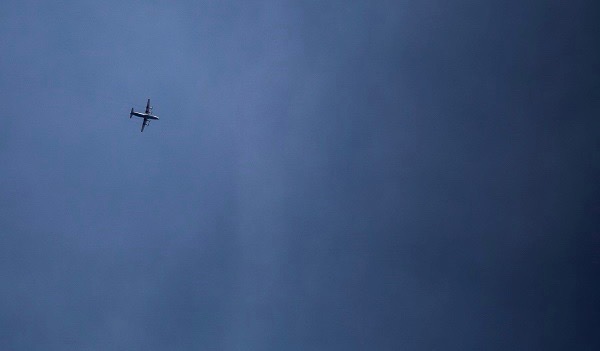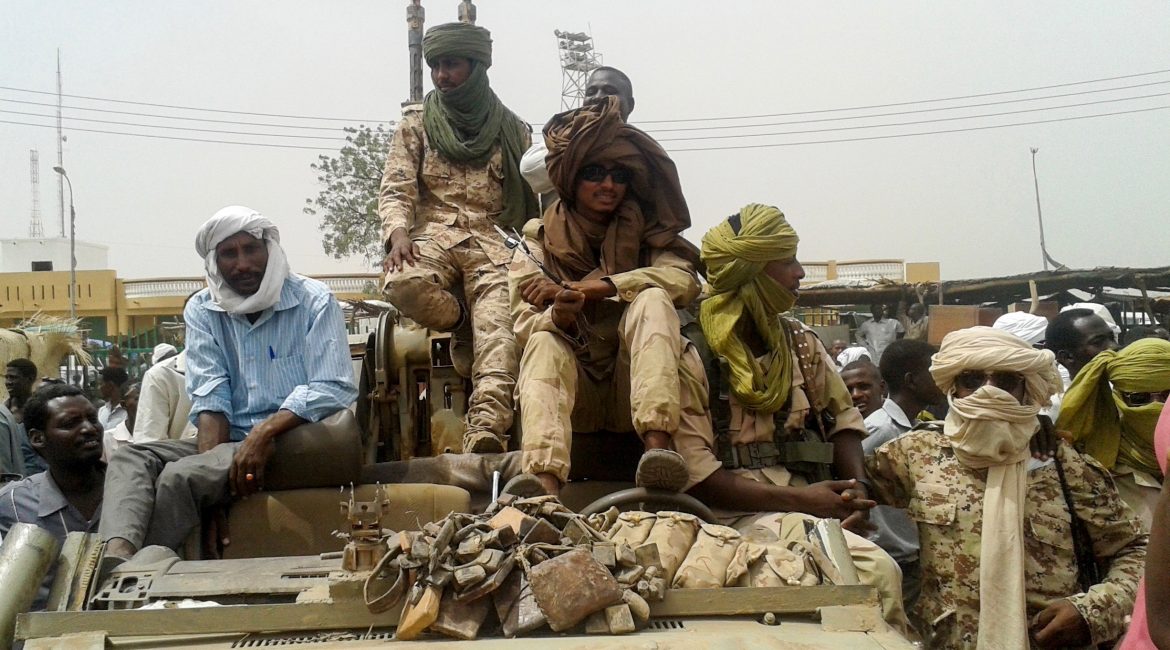Conflict looms in the two conflict areas of South Kordofan and Blue Nile states as the Sudanese government amasses troops along the borders of rebel-controlled areas. Local sources suspect the conflict will commence within two weeks once government forces, made up of the Sudan Armed Forces (SAF) and other militias, reposition themselves.
An estimated 230,000 citizens in the SPLM-N-controlled area in the Nuba MountaIns are now at risk of attack and displacement as the fighting season commences. The fighting season generally starts in full force in December or January after the rainy season ends, making roads accessible.
According to eyewitnesses, mass government troop movements are repositioning themselves south of South Kordofan’s capital, Kadugli, to areas near the Sudan and South Sudan border. Other government forces are moving from Rashad County to Abu Jubaiha in South Kordofan in what may be a two-pronged attack on the rebel-controlled capital town, Kauda, civilian sources told Nuba Reports. In Blue Nile State, eyewitnesses have reported a mass build up of troops moving at night through the state’s capital, Damazin, south to the Kurmuk County region. The SPLA-N are preparing for these movements and re-positioning accordingly, SPLM-N Spokesman Arnu Ngutulu said.
Estimates of government troops from monitors vary. Some sources claim this to be the largest build-up they have seen, with potentially 4,000 troops in place. This figure may be greater, Ngutulu said, since military recruits were recently trained within the region. If so, it would represent a significant increase from past years, he said.
Meanwhile, citizens in Kauda such as teacher Mohamed Ahmed continue to farm despite the impending conflict. “We do farming despite the disturbances of the aerial bombardment,” Ahmed said, “although what we harvest is not enough we do the impossible to survive.” Trader Omar Osman says they can normally rely on harvests to help them survive for roughly three months before the supplies run out.
Since the New Year’s inception, both sides have breached a January ceasefire announced by Sudan President Omar al-Bashir. Ngutulu told Nuba Reports the government’s extension of the ceasefire is a disingenuous effort to allow SAF troops to reposition themselves before engaging in combat.
SAF Spokesman Col. Khalifa al-Shami denied this, and said they have only reacted militarily due to rebel land-grabbing attacks during the ceasefire period. On January 1 – 6, government Antonov planes dropped bombs south of Kurmuk, Blue Nile State, destroying an estimated 23 farms in Yabus and Chali towns, according to local sources. Only three days later, the government bombed more areas north and south of Kurmuk, forcing an estimated 1,000 people to hide in caves and forests, the same sources said. On January 3, the SPLA-N attacked a SAF military garrison at Mazlagan between Dilling and Kudur in South Kordofan State, claiming in a press statement the attack was a “preventive measure.” Both warring parties have disputed claims of the casualties in this incident.
Since 2011, the government of Sudan and rebel Sudan People’s Liberation Movement/Army-North (SPLM/A-N) has been at war in South Kordofan and Blue Nile states. The conflict started after the government reneged on a popular consultation designed to provide the two states greater political autonomy and insisted on what the SPLM-N considered a premature disarmament of their forces. The rebels continue to fight for greater autonomy and investment in development.



